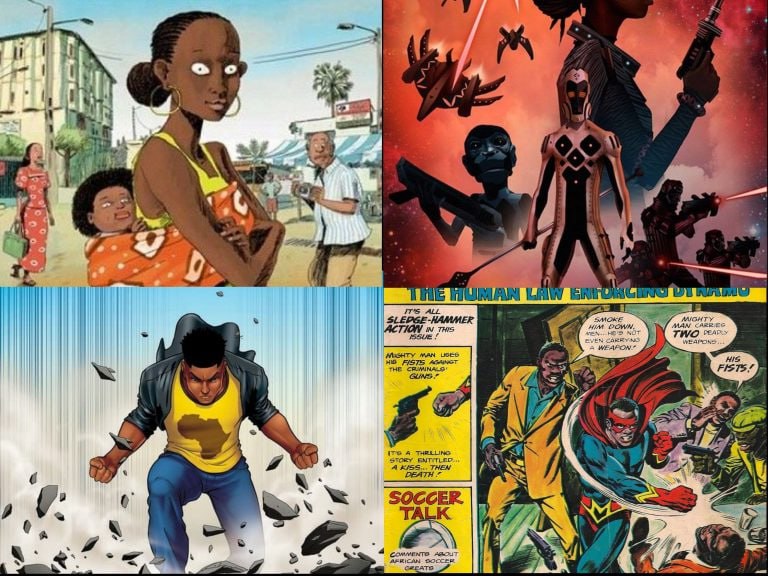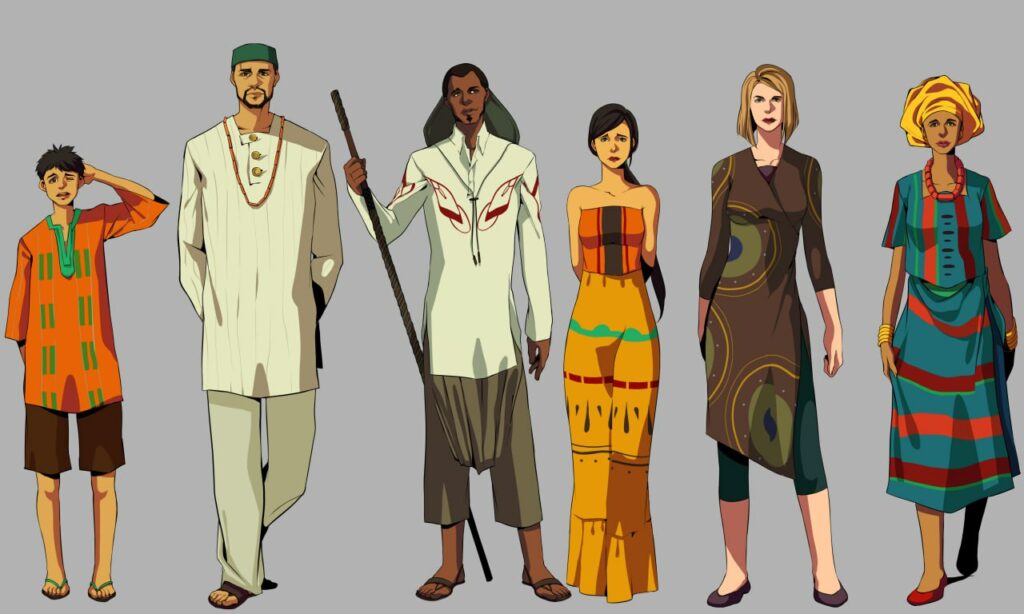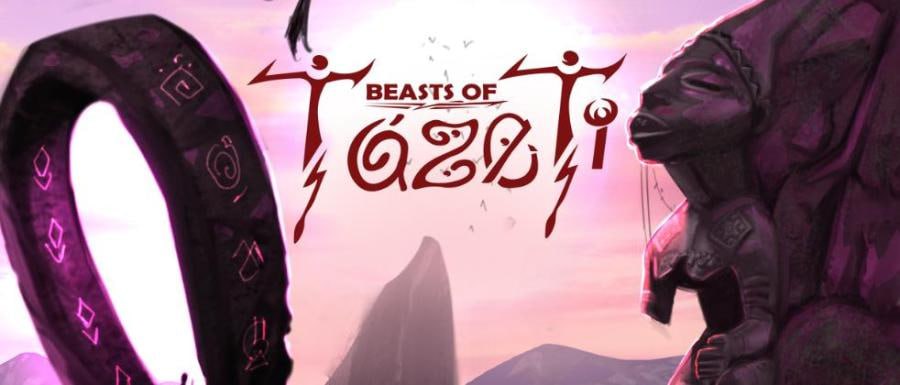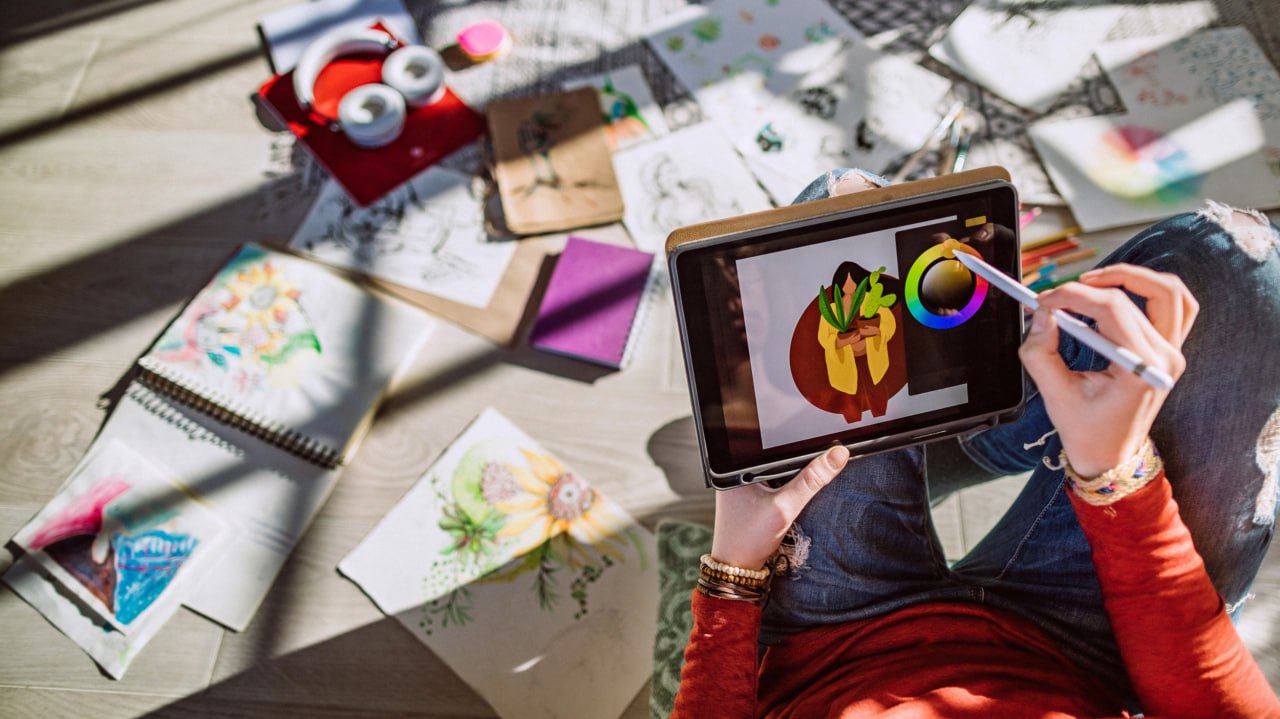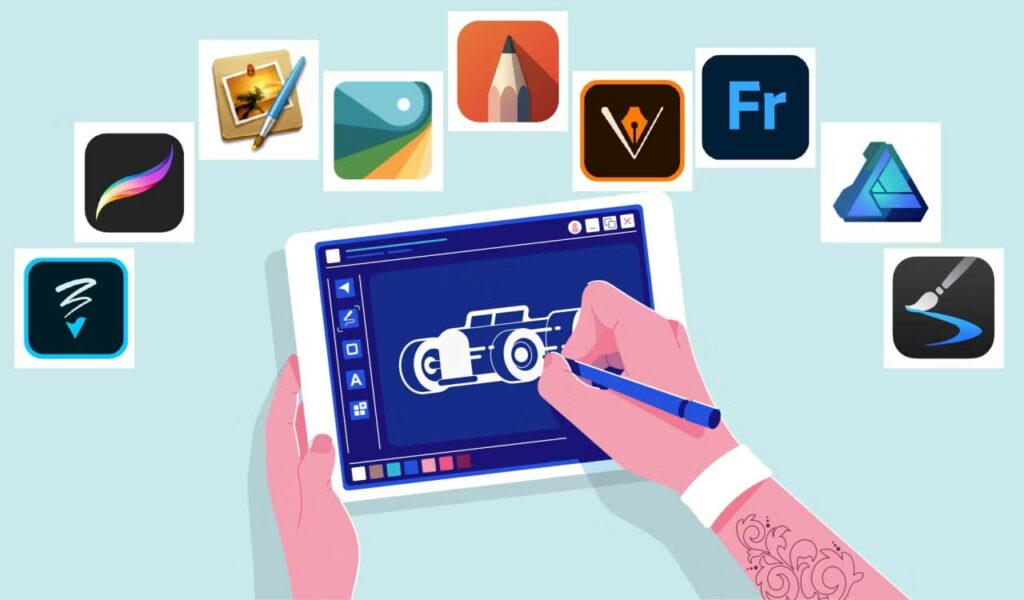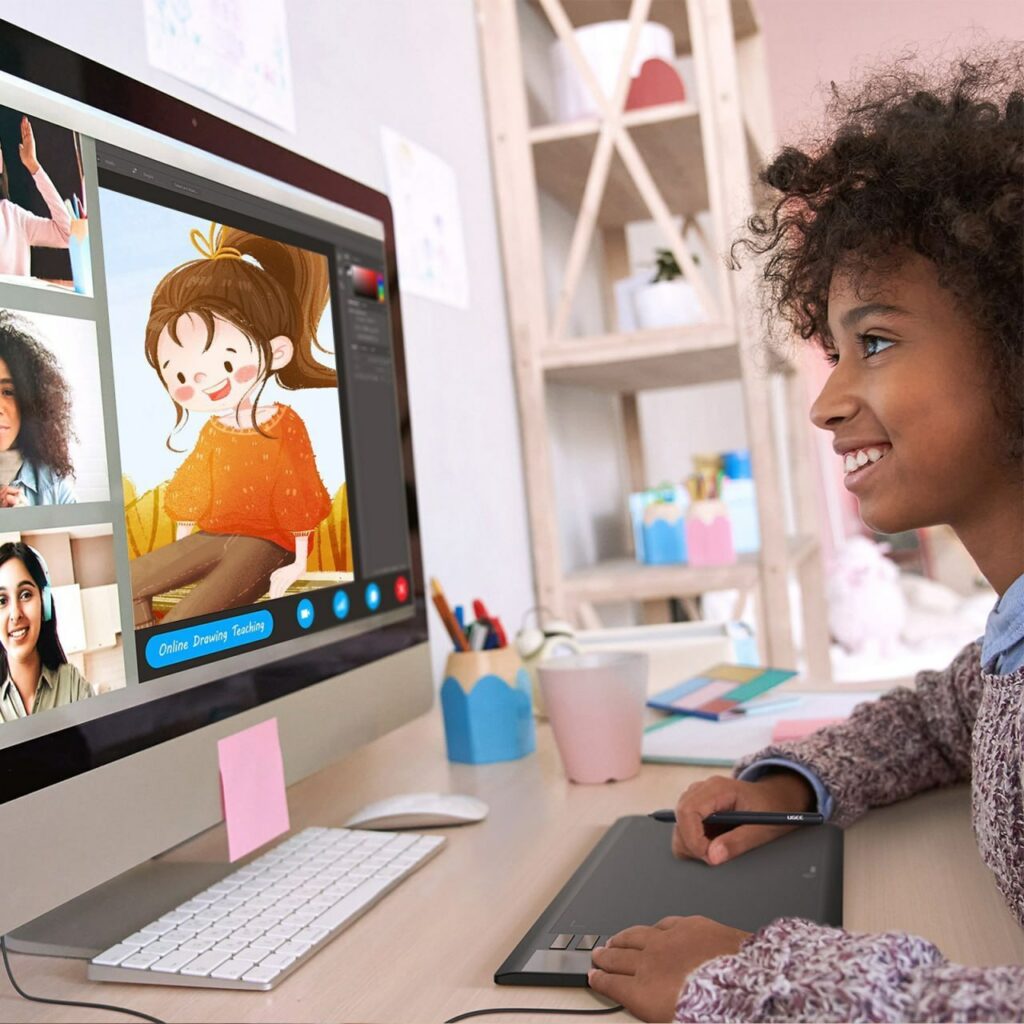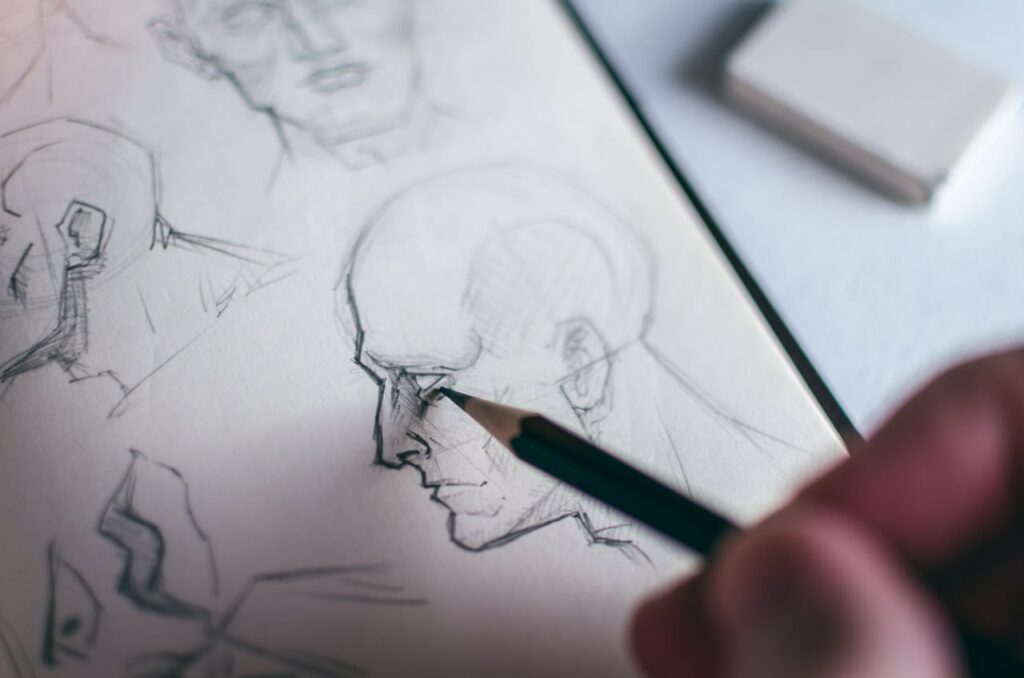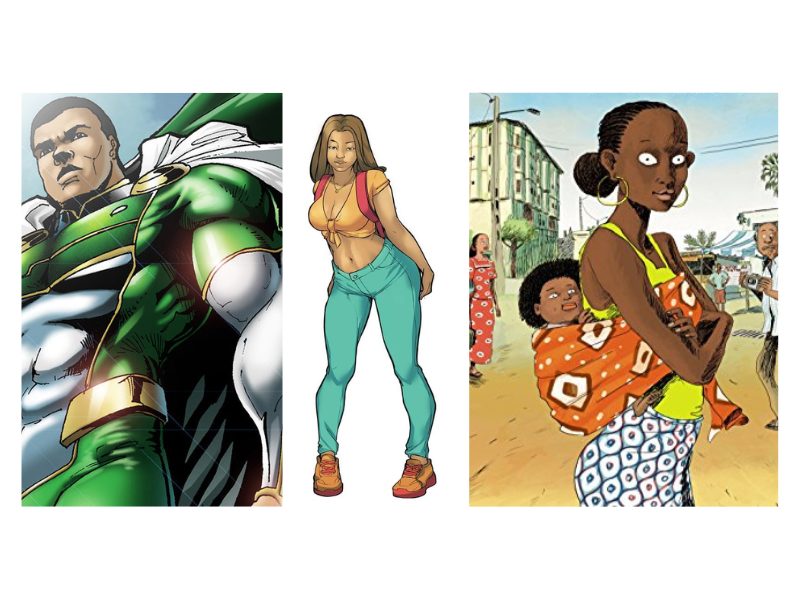Comic books offer a delightful escape from the pressures of daily life while providing opportunities for cultural exploration and learning. However, determining the best time to read comics requires careful consideration of several factors. Every comic book fan wants to have that special period of the day when their entire focus is directed at swiping through pages of comics. But how do you choose your moment? What factors can help you suggest ideal moments for indulging in this captivating medium? We spoke to several fans who read Zebra Comics as well as others and asked them what influenced their choice of reading time. We identified key factors that influence their decision. Let’s dive right in.
1. Personal Preferences
When it comes to reading comics, personal preferences play a significant role in determining the best time. Some individuals find that reading comics in the morning provides a refreshing and invigorating start to their day. The quiet and peaceful atmosphere of the morning allows for focused engagement with the comic’s storyline and art, offering a tranquil escape before the day’s responsibilities take hold. The morning can be an ideal time to absorb the visual details, immerse oneself in the narrative, and ignite the imagination for the adventures to come.
On the other hand, many people prefer to read comics at night, using them as a way to wind down before bed. As the day comes to a close, reading a comic can provide a soothing and relaxing experience, helping to calm the mind and ease stress accumulated throughout the day. The enchanting visuals and captivating narratives transport readers to imaginative realms, offering a reprieve from the demands of reality and paving the way for a restful night’s sleep.
2. Comic Book Genres
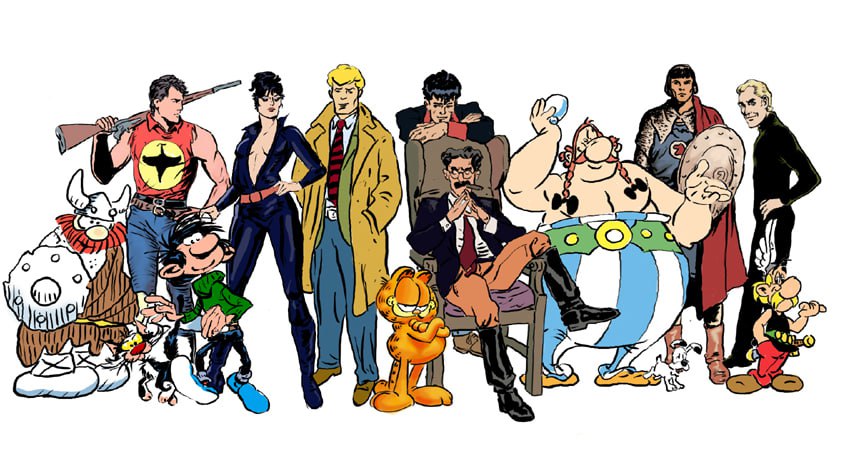
The type of comic being read also influences the best time to dive into its pages. Action-packed and thrilling comics, such as Retrograde and Anaki, with their dynamic artwork and fast-paced storylines, are best enjoyed during periods of heightened energy and concentration. Reading them when one is feeling alert and fully engaged allows for an immersive experience, where the excitement and intensity of the comic can be fully appreciated.
In contrast, more contemplative and introspective comics like Damo warrant a different approach. These comics often explore deeper themes, delve into character development, and require thoughtful reflection. To fully savour and appreciate the nuances of these stories, it is advisable to read them during moments of relaxation and introspection. This may include times when one is feeling more contemplative, such as during a quiet afternoon or evening, allowing for a more profound connection with the emotions and ideas conveyed by the comic. One reader joked that reading Damo was like enjoying meditation.
3. Scheduling Considerations
In addition to personal preferences and comic book genres, individual schedules also come into play when deciding the best time to read comics. With our busy lives, finding time to indulge in a comic can be a challenge. However, even in the midst of a hectic day, it is possible to incorporate short bursts of comic reading to provide a much-needed break and an injection of enjoyment. For readers who read the comics under the Slice of Life category of the Zebra Comics platform, they were able to read through a short story on the go. We recommend you check out The Pharmacist, The Execution and The Marshall.
For those with more flexible schedules and longer periods of free time, setting aside dedicated moments to fully immerse oneself in a comic can be a luxurious and rewarding experience. This might involve finding a cozy nook, curling up with a favourite blanket, and allowing ample time to fully absorb and appreciate the intricacies of the comic’s art and storytelling.
4. Suggested Times to Read Comics
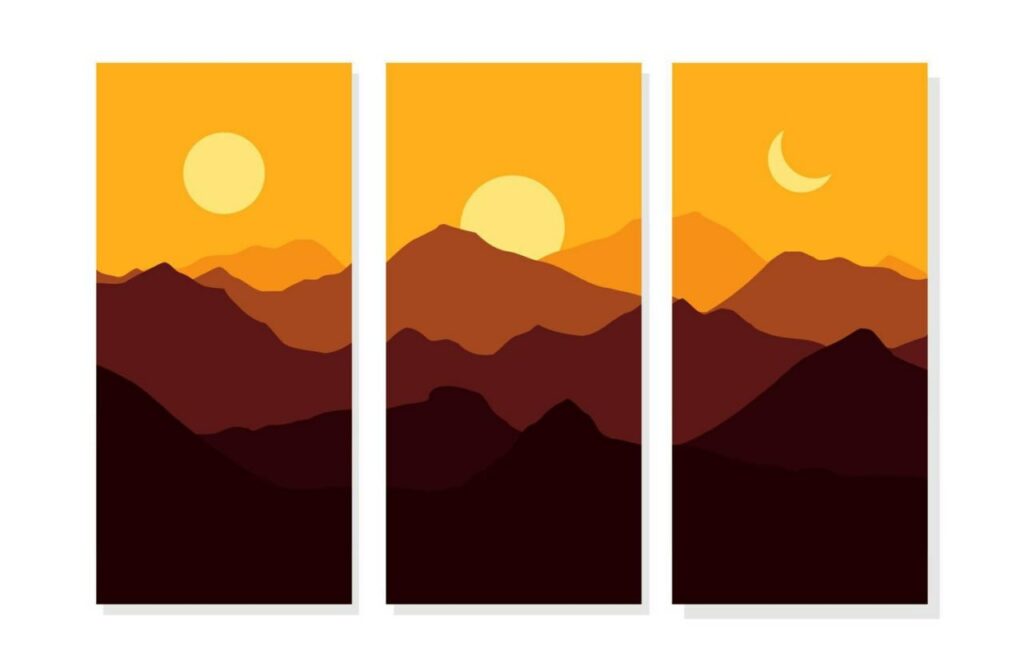
Considering the aforementioned factors, here are a few suggested times that may be optimal for reading comics. You can choose whichever works for you.
- Morning: For early birds, reading comics in the morning can provide a calming and focused start to the day. It can be a moment of tranquility before the world wakes up, allowing readers to set the tone for a positive and enjoyable day.
- Lunchtime: Utilizing a break during work hours to read comics can serve as an enjoyable escape from the pressures of the office environment. It provides an opportunity to recharge and rejuvenate, preparing individuals for the remainder of the day.
- Afternoon: If one finds themselves with free time in the afternoon, reading comics can offer a soothing and unwinding activity. It can serve as a delightful diversion, transporting readers to captivating worlds and infusing a sense of joy and relaxation into their day.
- Evening: In preparation for sleep, reading comics can be a delightful way to unwind and clear the mind before bed. It creates a peaceful transition from the busyness of the day to a more tranquil state, enabling readers to escape into captivating narratives and visuals as they prepare for a restful night’s sleep.
5. Creating an Enjoyable Environment
As a bonus, irrespective of the chosen time, it is vital to create a comfortable space conducive to relaxation while reading comics. Find a cozy chair, create a tranquil ambiance, and eliminate distractions to fully immerse yourself in the comic book experience. Additionally, pairing the experience with a cup of coffee or tea can enhance the overall enjoyment, adding a touch of indulgence to the reading session.
6. Benefits of Reading Comics

Having said all this, what do you stand to gain as a fan of comics? Comics, Manga, African comics, webtoons and much more are just the different genres and ways in which this medium is presented. Just like TV, streaming and podcasts, comic book fans do not leave empty after perusing through wonderful pages of art. Reading comics encompasses various advantages, making it a valuable and enriching activity for individuals of all ages:
- Relaxation and Stress Reduction: The combination of visuals and text in comics provides a soothing experience, offering a temporary escape from the pressures of daily life. The imaginative and engaging nature of comics can help readers forget their worries, providing a respite from stress and fostering a sense of relaxation.
- Knowledge Acquisition: Many comics are based on real events, historical figures, and cultural phenomena, making them valuable educational resources. Through comics, readers can learn about different cultures, explore complex social and political issues, and gain new insights into various aspects of the world around them. This is especially through for African comics which are exposing African cultures to the world.
- Stimulating Imagination: The visual nature of comics offers a unique platform for stimulating the imagination. By combining words and images, comics provide a dynamic and visually captivating storytelling experience. The vivid illustrations and narratives encourage readers to envision and interpret the world in fresh and imaginative ways, fostering creativity and expanding their visual literacy. If that doesn’t convince you, check out Beasts of Tazeti.
- Fostering Connections: Comics are not just solitary experiences. They serve as a popular form of entertainment, fostering connections with like-minded individuals. Comic book clubs, conventions, and online communities provide opportunities for fans to come together, share their passion, and engage in discussions, further enriching the comic book reading experience. This goes without saying.
Conclusion
With the multitude of benefits and the flexibility of reading comics at various times, there is no reason to delay. Find a cozy spot, unwind, and immerse yourself in the captivating world of comic books today! Whether you choose tranquil mornings, rejuvenating lunch breaks, peaceful afternoons, or soothing evenings, let the magic of comics transport you to extraordinary realms and enrich your life with storytelling, art, and imagination. You can start here.

